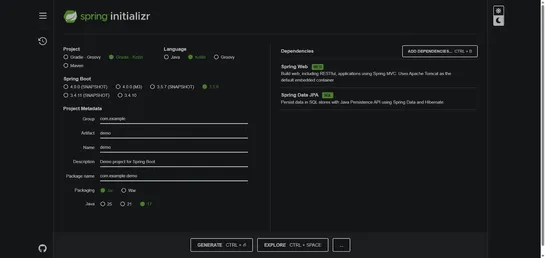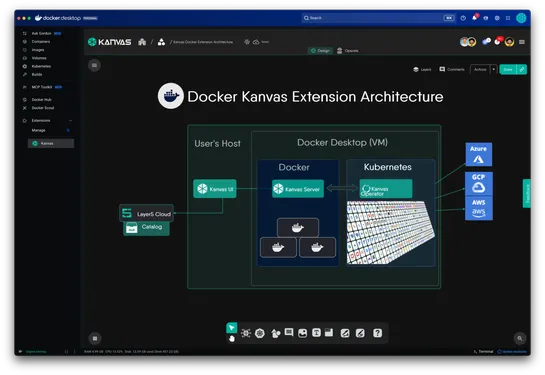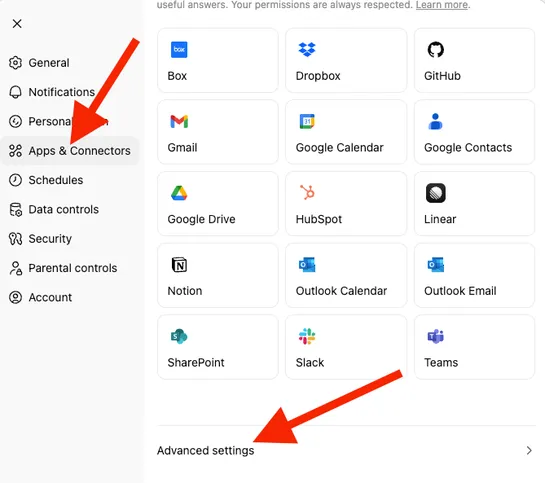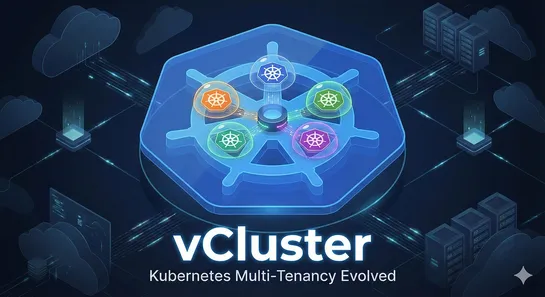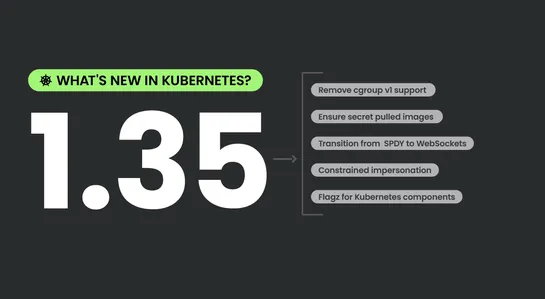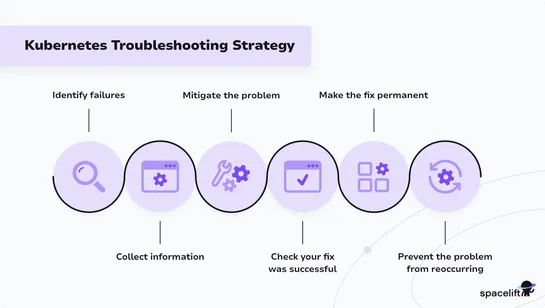An In-Depth Look at Istio Ambient Mode with Calico
Tigera just wiredIstio Ambient Modeinto Calico. That means you getsidecarless service mesh, think mTLS, L4/L7 policy, and observability, without stuffing every pod with a sidecar. It’s all handled by lean zTunnel and Waypoint proxies. Ports stay visible, soCalico and Istio policiesplay nice. No rewr.. read more

